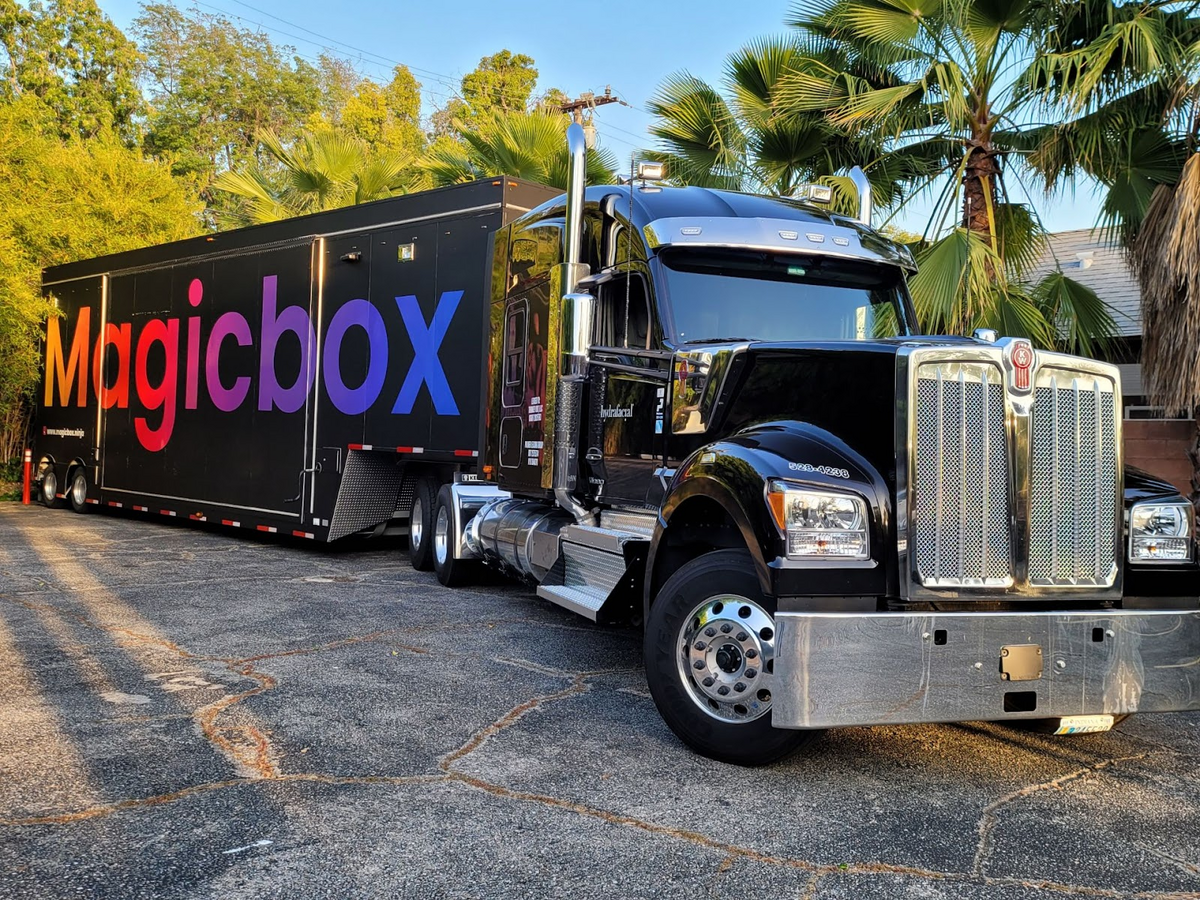
Developing the Concept
Magicbox is a motion picture technology company whose primary offering is a mobile LED volume studio. According to Brian Nowac, Magicbox’s founder and chief executive officer, the concept grew out of both creative passion and practical necessity. Built inside a custom trailer rig, Magicbox can drive a 17’x17’x9’ LED volume anywhere in the United States and offer state-of-the-art in-camera VFX wherever needed.
“I’ve owned creative agencies, video production companies, software agencies, and animation shops for 20 years here in the Bay Area,” Nowac says. “During the pandemic, I ran a very successful creative and design agency, but I had a lot of downtime and watched The Mandalorian on Disney Plus. I also watched the behind-the-scenes and saw how they used an LED volume, camera tracking, and Unreal Engine. I thought, ‘wow, I know these technologies well, and this is what I want to do.’”
Nowac immediately began to study the underlying technologies and connect with several professionals already doing virtual production. He learned that finding a suitable and cost-effective location in the Bay Area for a volume would be a significant challenge. “I found a giant building in Alameda for about $60,000/month,” recalls Nowac. “Then, I discovered that the electrical infrastructure upgrade necessary to power a large volume would cost $800,000 and an 18-month wait from the power company.”
Realizing that the costs and complexity of building a fixed stage would prohibit his plan, Nowac started looking at the problem creatively. “I thought about all of the startup clients I’d worked with and the different ways they’d innovated to stay ahead of their competition,” he says. “Two attributes that stuck with me were miniaturization and mobility. If I miniaturized the volume, it’d be cheaper to build, and if I mobilized it, I wouldn’t need a building anymore. So with that in mind, I started sketching out the designs for what would end up being a truck.”
Building the Prototype
Step one for Magicbox’s would-be mobile LED stage was finding a suitable trailer customizer. Supply chain disruptions from the pandemic and the surge in vehicle orders proved a major challenge. “I had Zoom meetings with several providers and showed them my Adobe Illustrator sketches for the truck,” recalls Nowac. “But they all said the same thing: they liked the concept but didn’t have the personnel or engineering resources to realize it. Finally, I connected with Craftsmen in St. Louis, whose CEO thought it was a crazy idea they should build. A year later, we had a prototype transforming mobile LED stage in a truck.”
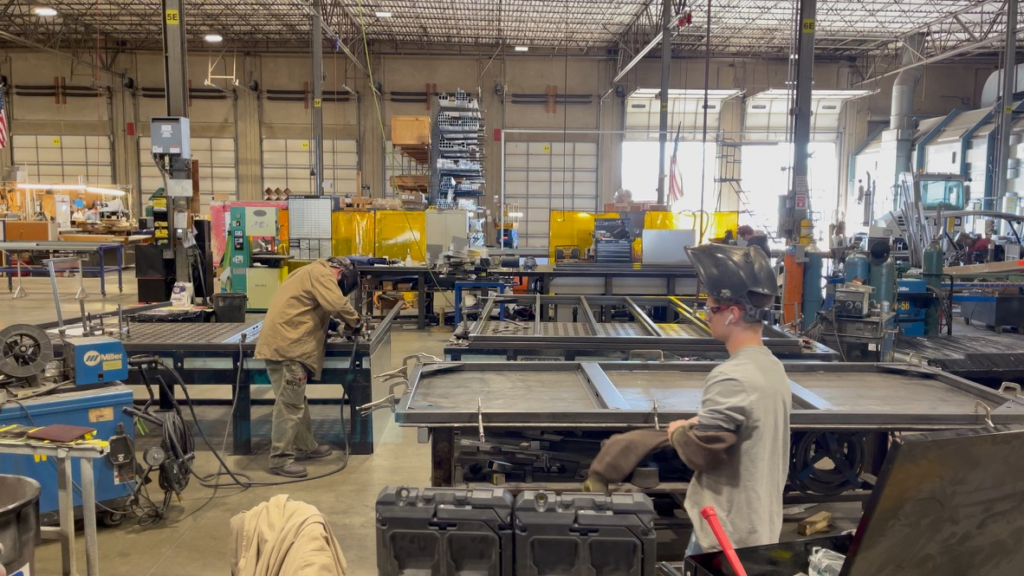
The completed volume includes a 17.5’ x 17.5’. x 9’ volume with 306 square feet of shootable space, a 1.3mm pixel pitch main wall, 2.6mm side walls, and a 3.8mm ceiling. Magicbox includes everything necessary to drive up and shoot tracked LED volume shots within 10 minutes, such as Mo-Sys camera tracking, video i/o, and Silverdraft Supercomputers PC render nodes. But before jumping into the rental market, Nowac wanted to stress-test the solution. So, he partnered with Sam Nicolson, ASC, and his Stargate Studios in Pasadena, California. Nicolson is a prominent virtual production pioneer with recent LED volume efforts like Run, Station 19, and Our Flag Means Death.
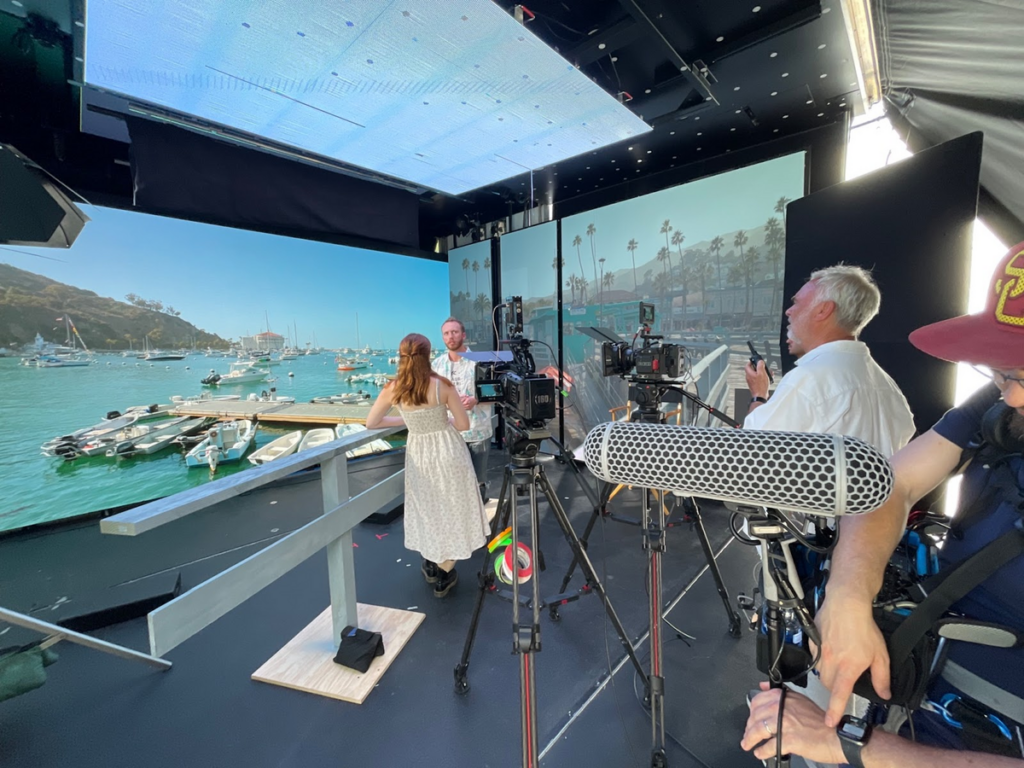
“The fact that Magicbox can be put anywhere leads to a unique type of filmmaking,” observes Nicolson. “It’s a completely open landscape, and I love it because it’s all fresh and new. The more people shoot with this, the more they’ll figure out how to use it in very creative ways.”
“With Sam and his Stargate team, we did a wide variety of productions, from moving cars to narrative dialogue sequences to interviews– anything just to see where Magicbox worked well,” adds Nowac. “I’d refine and make modifications weekly as we went through the process. We wanted to verify that this truck would work for people in the industry at all levels.”
Driving the Business Model
With the initial testing completed, Nowac took the lessons learned and set out to focus on his overall business plan. “We have a hardware and services model, and the long-term plan is rental,” says Nowac. “You don’t just get the truck, you also get a technical operations crew which handles everything from transforming the truck to maintaining the virtual production different systems inside. We run two primary workflows: virtual environments out of Unreal Engine and video plate playback out of DaVinci Resolve.”
In addition to the virtual production stage, Magicbox also aims to fulfill the need for camera-ready content. “We’re building up a library of royalty-free content,” Nowac explains. “It’s generic locations like the beach, desert, jungle, city street, etc. Our customers will have access to that library free of charge because we know not every production will have real-time content ready.”
Nowac believes a mobile, easily deployed virtual production stage offers key advantages over fixed LED volumes. “I spoke to a producer earlier this year who specced out a volume to be built at a studio location,” says Nowac. “It took them three weeks to build up the stage and a crew of five to ten people. It cost $120,000 just for setup and tear down, and that’s not even including the shoot days. Everything factored in with the camera tracking, truss, and the rest pushed the price beyond the $300K neighborhood.”
“In contrast, we can arrive with Magicbox in the morning and be up and running in ten minutes with a quick takedown time at the end of the day for $25,000 a shoot day,” Nowac adds. “We offer a high degree of cost and time savings that the current market cannot compete with. The slight limitations we have based on the screen size are nominal for this level of cost and time savings.”
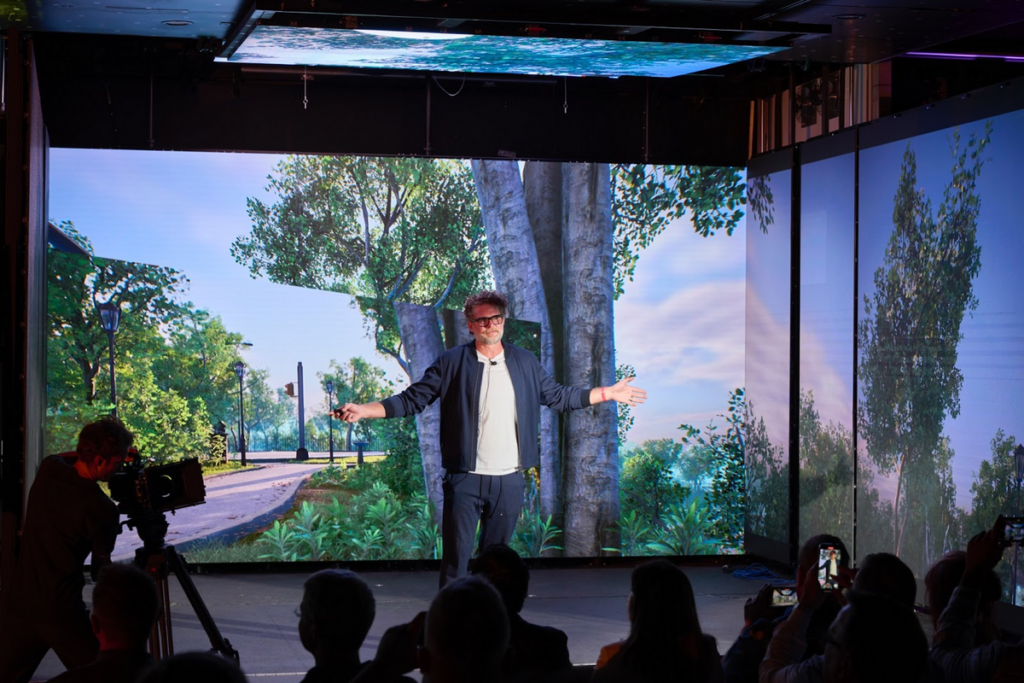
Taking the Show on the Road
To celebrate Magicbox’s initial deployment, the truck made a tour around San Francisco from September to October 2022 to enable customers to see the rig in person. “Video production companies and advertising agencies in the Bay Area prefer not having to move their whole company to a location,” Nowac observes. “A virtual production facility that comes to them is a huge advantage. All their creative resources can be in one place at no added expense. If you bring this production tool to them, they just have a greater chance of using it more effectively.”
The company plans to offer training programs for engine and facility operators and help address the talent gap. “We are also doing beta testing with productions in Los Angeles and have gotten interest across the US,” adds Nowac. “There’s a wide variety of use cases from plenty of well-known content producers and businesses.”
With the prototype truck built and tested, Magicbox has plans to expand significantly over the next few years. Nowac sees plenty of potential in virtual production going forward. “I’ve been in content production for 20 years, and I can see how I could have used this technology in any production I’ve ever done,” he says. “It could become commonplace at any production level, and the costs and the talent pool are the biggest barriers. We’re addressing both with a mobile solution we hope to expand and make even more accessible to everyone.”
For more information, please visit https://www.magicbox.ninja/
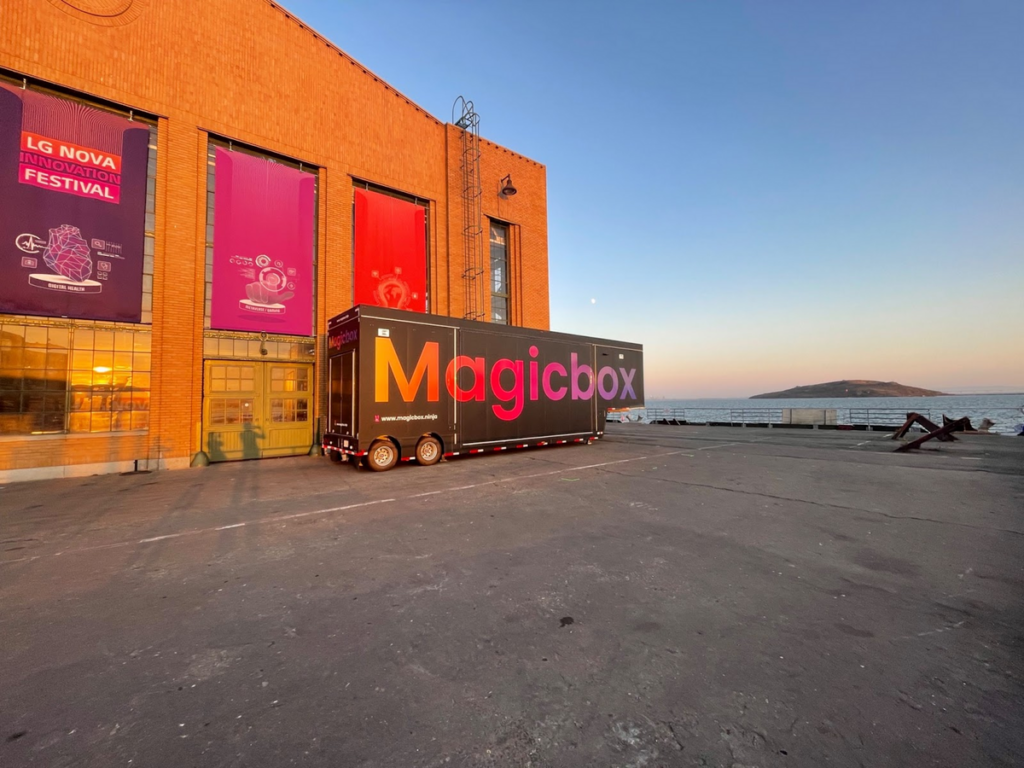
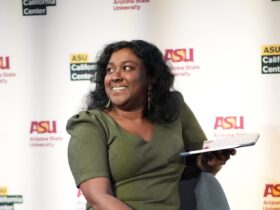
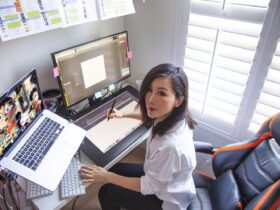
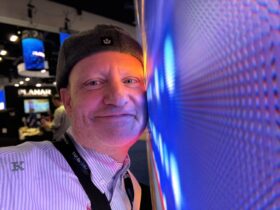
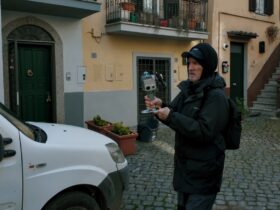
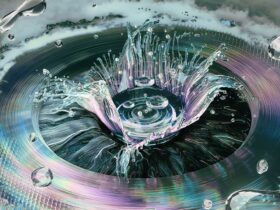
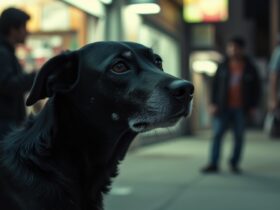
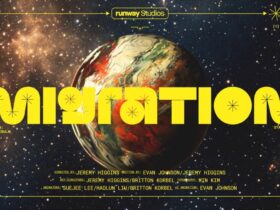
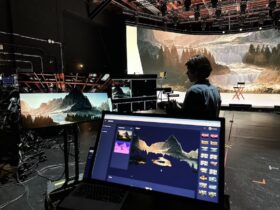
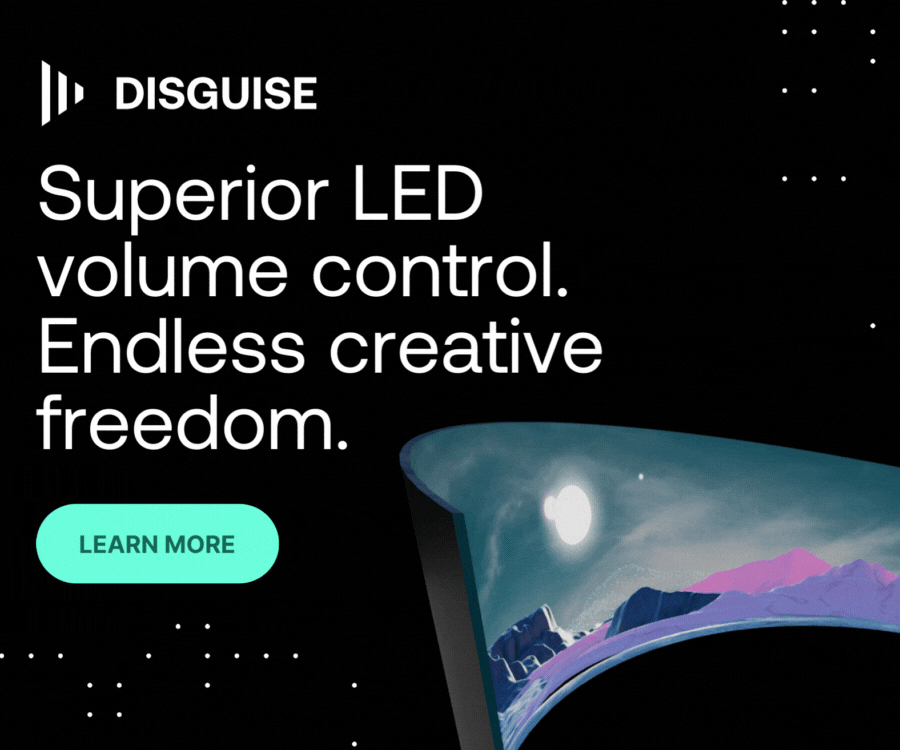
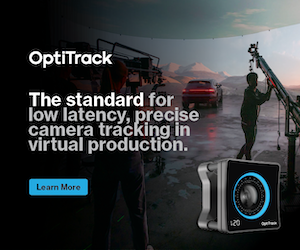
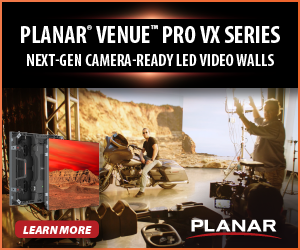
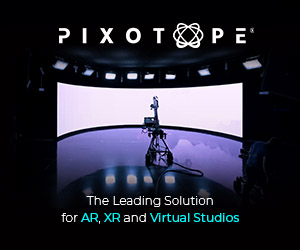
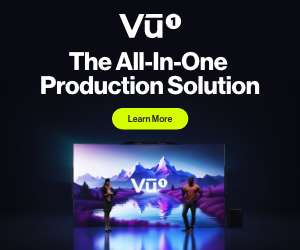
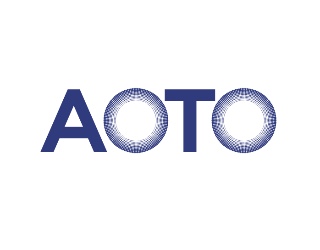
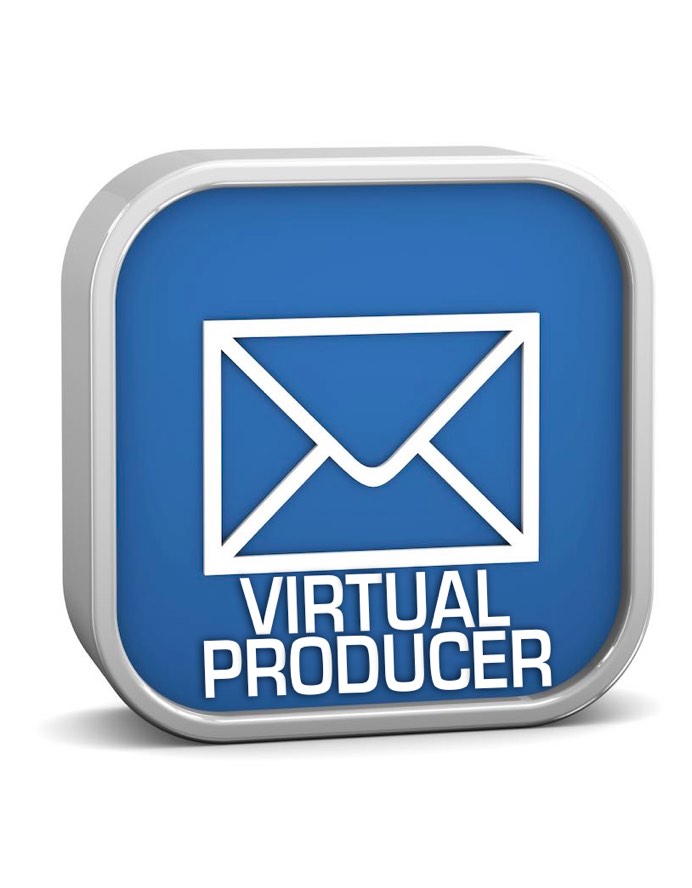
Leave a Reply